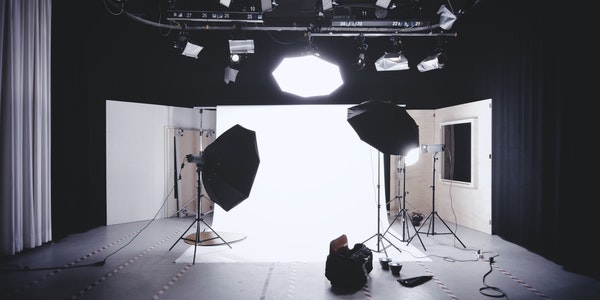Table of Contents
Application of light in film and television shooting
In film and television works, whether the use of tone and light is appropriate or not often determines the success or failure of the whole work.
There are six most important elements and means in the creation of pictures: light, movement, composition, color, scene and angle. As one of the most important artistic means, light is the soul of film and television picture creation. The information transmission of every shot depends on the expression and transmission of light. People can change from the physiological field of retina to the psychological field of image thinking, and all of them can be understood from the light. So light is the basis of visual information and visual modeling of lens picture. Cameramen must pay attention to both technology and skills in the selection, utilization and reproduction of light. Only in this way, the light effect of the finished picture will be prominent, and the visual form will be vivid, i.e., first of all, let the audience capture the visual beauty in the external form of the picture and the visual effect of the light, and at the same time feel the existence of the light as the soul and the pursuit of aestheticism in technology.
The function of light in photography
Light has its special functions: to complete the exposure work of the photographic picture and establish the image; to control the brightness level and contrast relationship of the picture; to determine the atmosphere effect of the scene; to highlight and emphasize the modeling characteristics of people and scenery; to determine the visual tone for the film; to reveal the visual characteristics of the subject such as shape, volume, outline, shape and size; to form a certain light and dark tone effect It can help the composition of the picture, create the environment, display the characteristics of the environment and spatial relations, and form the visual modeling style of the picture.
In today’s film and television creation, light should have its distinctiveness, sense of form, sense of atmosphere, sense of beauty, so that the audience can identify physically and psychologically, which should become an essential ultimate goal of visual media. Light is a necessary condition for television camera to obtain images, which makes accurate exposure possible. At the same time, it can also play an important role in expressing characters, shaping scenes, and creating environmental atmosphere. It can be said that light is the life of the art of television photography.
The lighting of a film is very elegant, and there are strict rules for how to arrange the light. The focus of lighting, the intensity and angle of light are very selective. The director can control the audience’s attention through the direction of the spotlight. The lighting of the film is rarely static, no matter the camera or the subject moves slightly, the light consumption will change greatly. Sometimes it takes a long time to make a film.
In many factors, it is necessary to do a lot of complicated work in terms of the conversion of each lens and lighting. The photographer must estimate every change due to the movement in each shooting. Different colors, shapes and structures reflect or absorb different amounts of light. If the subject is in the depth of field, the situation is more complicated. Because the lighting must also be in the depth of field, in the color picture, the bright and dark effect is often not prominent, the shadow is diluted, the image appears dull, and the depth disappears.
Lighting style
There are many different styles of lighting. With the different theme and style of the film, the lighting also has a different tone. For example, comedy films and musical films generally use high-key lighting, the pictures are bright, and there are few shadows. Tragedies and melodramas use a high contrast tone with stiff light, sometimes with thick black stripes, mystery films and horror films are usually low-key, with blurred pictures and a large area of shadow background, mostly rain, which makes the atmosphere of mystery and terror more intense. For example, the scene of the film “seven crimes” begins with the first homicide on a rainy day, and the two policemen meet in the corridor with a large area of shadow, which sets the tone for the mystery and strangeness of the whole film.
Lighting uses a certain tone, which is just a general statement. Sometimes there are several kinds of mixed use of tones in the picture. For example, the background is low-key, but some high contrast elements can be added in the foreground. For example, three stories in Steven Spielberg’s “drug trafficking network” use three different tones to distinguish different time and space. Generally, the films made in the studio are full of dramatic color, while the scene light is often used in the outdoor shooting, which makes it more natural.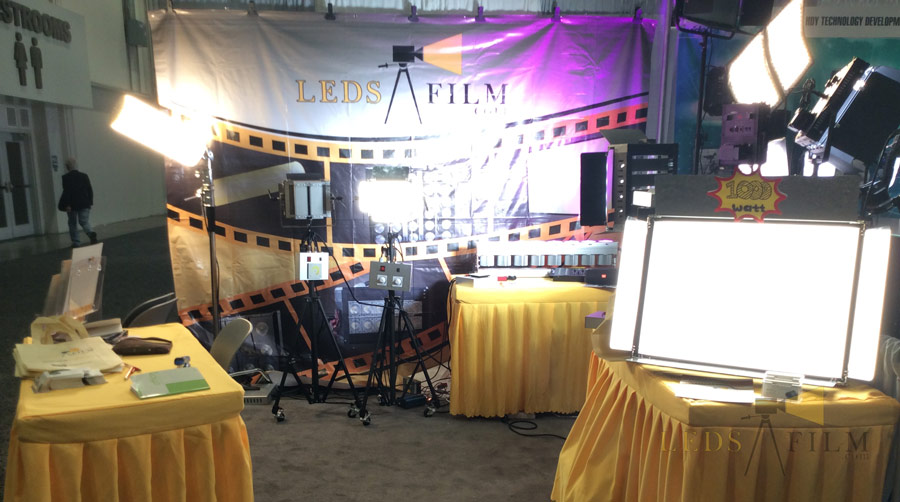
As far as the use of light is concerned, it can also be divided into realism and expressionism. Realists tend to use more real-time lighting at least in the field. But even when shooting outdoors, most directors still use some lights and reflectors to enhance natural light or reduce the contrast between light and dark under bright sunlight. There are also some directors who like to use special lenses and techniques, not artificial light sources at all. In the film shot by spot light, the image of the characters is like a documentary, with thick and hard lines and a lack of softness. When shooting interior scenes, realists like to use obvious light sources, such as sunlight or lights outside the window. They often use astigmatism to avoid artificial strong contrast. In a word, realism doesn’t need any noticeable light source, unless the plot clearly stipulates such a requirement.
Formalists use light in a totally different way. They often exaggerate according to the meaning and meaning of the symbol, which is the change of nature by natural light. Using low angle light to illuminate the performer’s face, even if the actor does not perform, it will produce a sinister dramatic effect; if it is blocked in front of the light source, it will have a terrifying effect and make the audience feel uneasy. On the other hand, in some occasions, especially when shooting location, such as the use of silhouette, it will produce soft and romantic artistic taste.
Images in the spotlight can produce a strong contrast between light and shade, but also distortion. Formalistic directors often use strong contrast in order to achieve psychological and subject-required goals.
Sometimes the director deliberately enlarges the aperture of the camera to make the film overexposed, resulting in the whole picture whitening. Overexposure is used to show dreamy scenes, which is very effective. Sometimes this technique will produce a terrifying effect and become an exaggerated artistic technique .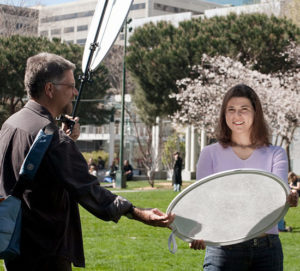
As a technical condition and an extremely important modeling element and means, light must have a complete overall design at the beginning of creation. Just as an artist has a clear orientation for the relationship between characters, scenes, clothing and colors, he has a clear vein design for the whole light (mainly artificial light). Lighting design should be stylized on the whole, in the scene should be typical, in the specific modeling should be detailed.
In short, use environmental light effects to create a narrative theme survival state, use meaningful light and shadow and atmosphere to supplement the defects of the space, use formal light and shade to strengthen the composition relationship, and use subjective and conscious light-dark relationships to construct clear visual pictures. It has become the common purpose of film and television creators.
The influence of painting tradition on the application of light
All light has its own color (a beam of light refracted by a prism can be divided into seven colors). The generation and change of any color cannot do without light.
The creative conception and artistic expression of film art are always accompanied by the means and charm of light. The thinking of the play, the director’s overall design and scene handling, the actors’ actions and expressions are all closely related to the existence and restriction of light. With the evolution of the world film form, the effect, technique and aesthetic consciousness of light in the film are constantly evolving, forming the concept of light corresponding to the film concept and film language in different periods. The study of the concept of light in film is also an in-depth study of the nature of film. This proposition is not only the category of film entity aesthetics, but also the category of film form aesthetics.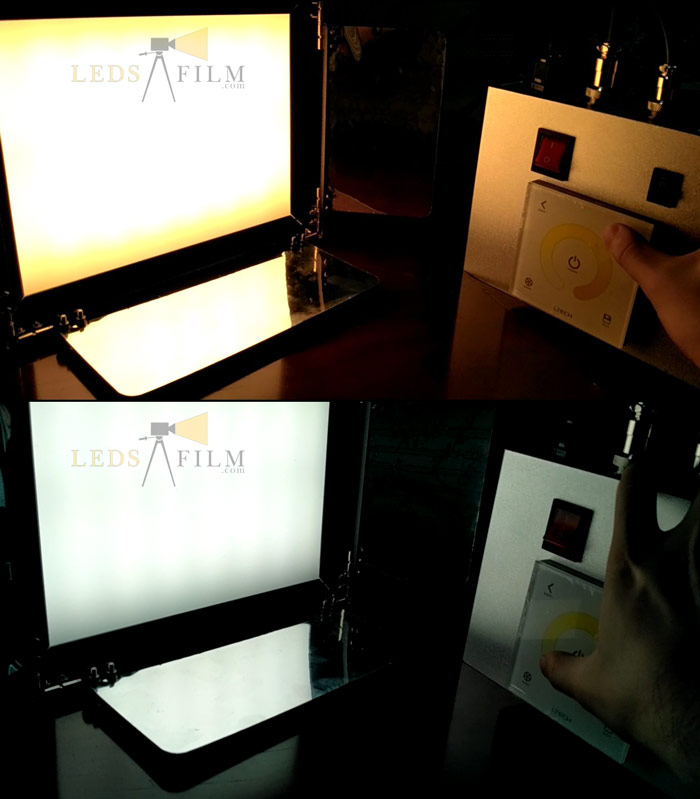
First of all, we should pay attention to the influence of painting tradition on the concept of film light. From the Renaissance movement in Europe to the end of the 19th century, the concept of light in painting developed and evolved. From the works of Italian Renaissance masters, we can see the strong desire and achievements of human beings to pursue the means of expression of light and color, as well as the limitations of the understanding of the law of light in painting at that time. Botticelli and Da Vinci Michelangelo’s paintings have perfect shape and overall color, but the concept of light is still in the great enlightenment stage.
The characteristic of the light concept marked by Rembrandt’s art is to solve the problem of object expression under the specific indoor light source. It was not until the Impressionism period of European painting in the late 19th century that human beings really understood and freely mastered the light color relationship under the outdoor natural light source. The contribution of Impressionism is to liberate human beings from the frame of brown classical painting and go to the sunny nature. Their endless training in different light conditions for the same object is a thorough experiment to simulate the natural light effect before the camera was born.
After the early period of no light effect, the film entered the stage of dramatic light. As a complete photographic style, dramatic lighting was formed in the period of sound film. The emergence of sound and the free and extensive use of lines made the film close to drama again, and the conflict law became the main form of film structure in this period. The dramatic light effect in photography is derived from this film form.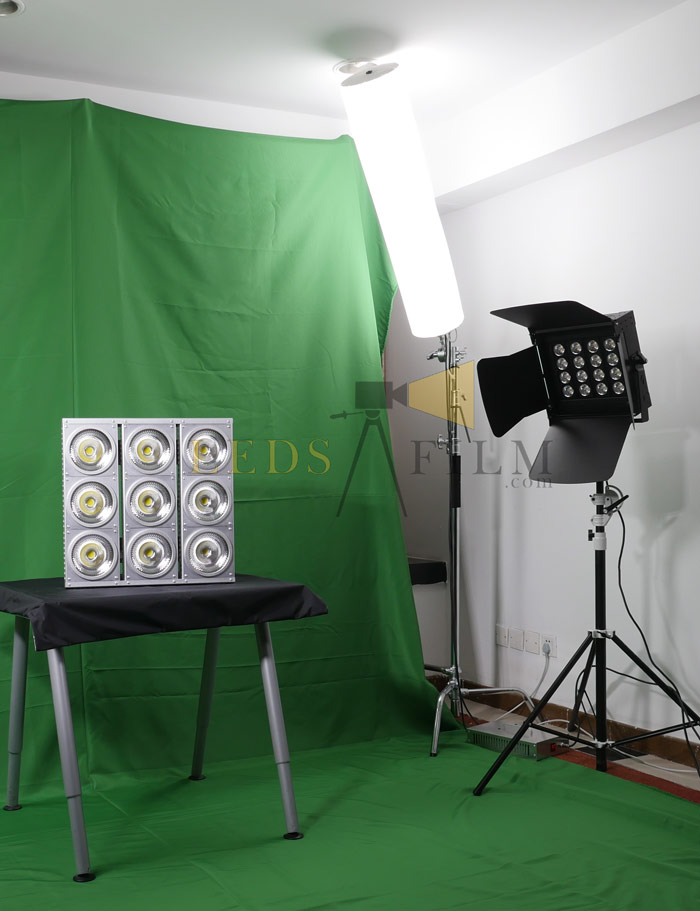
According to the viewpoint and aesthetic taste of traditional drama or painting art, it uses lighting tools (or processing of natural light) to create an effect with specific modeling intention. It does not pay attention to the basis of the light source and the reproduction of the natural form of light effect, but more emphasis on its artificial effect to serve the specific drama content. For this reason, it uses a lot of light or decorative light, even for a certain detail (such as a look or a garment pattern).
Dramatic lighting has played a favorable role in promoting the development of film art and enriching the expressive force of film modeling. However, the excessive dependence and infatuation on the strong artificial light effect has become the tendency of Hollywood people to dramatize. The resulting aesthetic taste and the concept of light use is a kind of rigid artificial mode, which in turn hinders the evolution of artistic skills and cognitive functions, and fully illustrates the rationality and inevitability of the evolution from dramatic light effect to natural light effect.
It is the practice of Italian Neo realism that leads to the appearance of natural light effect in films as a kind of concept. The importance of this film school lies in the guidance of a clear aesthetic program. In addition to the documentary features in theme, theme, drama actors and so on, the aesthetic requirement of this school in photography is natural light effect. The light effect of the picture is almost the true representation of the light distribution in the natural form. The direction of light source, the configuration of light and shadow, and the ratio of light and shade are similar to the light in real life. There are few false light effects, and decorative light is rarely used. This makes light a very harmonious factor in the unified and complete documentary style.

In contemporary films, light effect has been more widely used, even in new forms such as animation and animated films. In animation, lighting can be a subjective, imposed, or even “random” modeling element: the light conditions in a scene or even a lens can change. For example, in the mirror language system of the prince of Egypt, there are many places where the lamp positions are not unified in one scene. In lens 1 of the opening paragraph, the deep shadow of the head of the Pharaon in the background is the obvious top light effect; however, in lens 2, the light effect is bright, so it is obviously impossible to have the top light source of the previous lens.
Another example is the meeting between sister and Moses. The whole scene is cold blue. Only when sister starts to sing a lullaby, the sister in the camera suddenly appears in a warm light. When Moses stops at the pillar on the cold way back to the palace and begins to sing monologue, the subjective and sudden light hits his face to depict the psychology of the characters at this time. This kind of illogical, subjective and arbitrary lighting treatment, if used in feature films, will not only make the audience feel false, but also is not easy to realize in technology.
